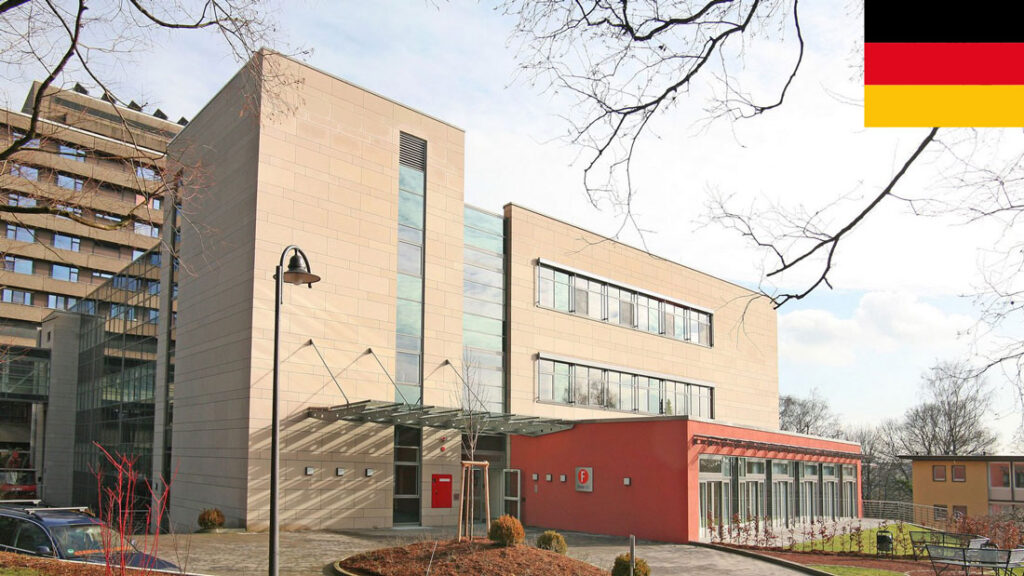Early Diagnosis of Childhood Glaucoma with Swept-Source AS-OCT
Childhood glaucoma is a rare but serious eye condition that can lead to permanent vision loss if not diagnosed and treated early. Traditional diagnostic methods often fall short in detecting subtle changes in the anterior segment of the eye, especially in young children. However, advancements in imaging technology, such as Swept-Source Anterior Segment Optical Coherence Tomography (SS-AS-OCT), are revolutionizing the way pediatric ophthalmologists diagnose and manage childhood glaucoma.
Understanding Childhood Glaucoma
Childhood glaucoma, also known as pediatric glaucoma, is a group of disorders characterized by increased intraocular pressure (IOP) that damages the optic nerve. Unlike adult glaucoma, childhood glaucoma presents unique challenges due to:
- Rapid disease progression: Children’s eyes are more elastic, leading to faster structural damage.
- Difficulty in examination: Young patients may not cooperate during traditional diagnostic tests.
- Varied symptoms: Signs can range from excessive tearing to corneal clouding and light sensitivity.
Early detection is critical to prevent irreversible vision loss, making advanced imaging tools like SS-AS-OCT invaluable.
What Is Swept-Source AS-OCT?
Swept-Source AS-OCT is a cutting-edge imaging technology that provides high-resolution, cross-sectional images of the anterior segment of the eye. Unlike traditional OCT, which uses a slower scanning method, SS-AS-OCT employs a rapidly sweeping laser to capture detailed images in microseconds. Key advantages include:
- Higher speed: Reduces motion artifacts, crucial for imaging uncooperative children.
- Deeper penetration: Allows visualization of structures like the trabecular meshwork and Schlemm’s canal.
- Enhanced resolution: Detects subtle anatomical changes before clinical symptoms appear.
Why SS-AS-OCT is a Game-Changer for Childhood Glaucoma
Traditional diagnostic methods for childhood glaucoma, such as tonometry and gonioscopy, have limitations:
- Tonometry: Requires patient cooperation and can be inaccurate in young children.
- Gonioscopy: Invasive and often difficult to perform on infants.
SS-AS-OCT overcomes these challenges by providing a non-invasive, quick, and highly accurate assessment of the anterior segment. Here’s how it helps:
1. Early Detection of Structural Abnormalities
SS-AS-OCT can identify subtle changes in the anterior chamber angle, iris, and cornea—key indicators of glaucoma—before significant vision loss occurs. This allows for timely intervention.
2. Monitoring Disease Progression
Since childhood glaucoma can progress rapidly, frequent monitoring is essential. SS-AS-OCT provides reproducible measurements, making it easier to track changes over time.
3. Guiding Surgical Decisions
For children requiring surgical intervention, SS-AS-OCT helps surgeons plan procedures like goniotomy or trabeculotomy by providing precise anatomical details.
Clinical Evidence Supporting SS-AS-OCT
Several studies highlight the effectiveness of SS-AS-OCT in diagnosing childhood glaucoma:
- A 2020 study published in Ophthalmology found that SS-AS-OCT detected angle abnormalities in 92% of pediatric glaucoma cases, compared to 68% with traditional methods.
- Another study in Journal of Glaucoma reported that SS-AS-OCT reduced the need for sedation in young patients by 40%, improving safety and comfort.
Challenges and Future Directions
While SS-AS-OCT offers significant benefits, challenges remain:
- Cost and accessibility: High-end imaging systems may not be available in all clinics.
- Interpretation expertise: Requires trained specialists to analyze complex images accurately.
Future advancements may include AI-assisted diagnostics and portable SS-AS-OCT devices, further improving early detection rates.
Conclusion
The early diagnosis of childhood glaucoma is crucial to preserving vision, and Swept-Source AS-OCT is emerging as a powerful tool in this fight. With its ability to provide rapid, high-resolution imaging of the anterior segment, SS-AS-OCT enables ophthalmologists to detect and manage glaucoma more effectively than ever before. As technology continues to evolve, the hope is that more children will benefit from timely interventions, safeguarding their vision for the future.



